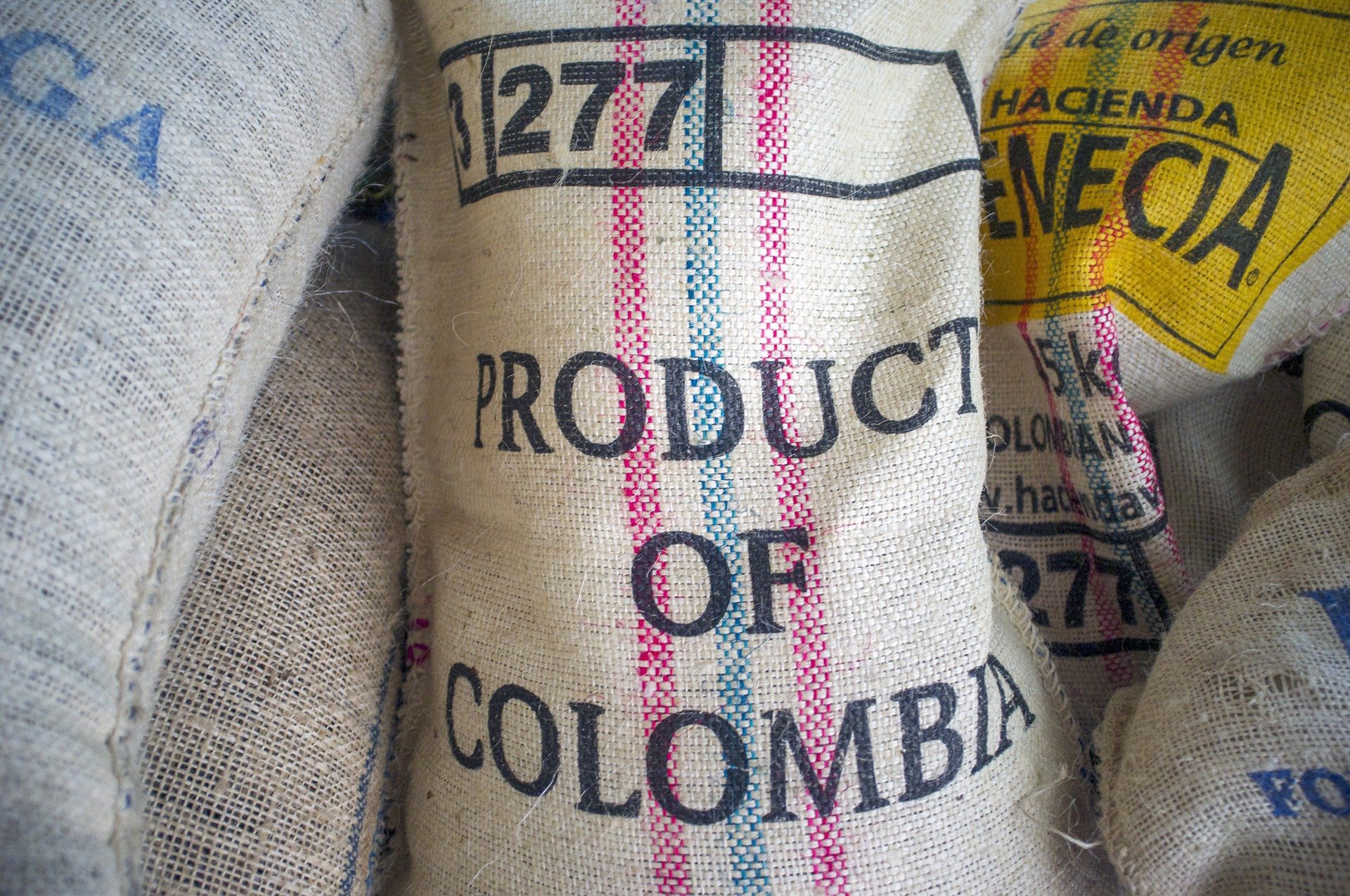Colombia
Sports and adventures
Here are the sports and adventures we recommend in this destination.
For more details about sports click here.
- Colombia is not famous for surfing, but there are many noteworthy spots, both on the Pacific coast (Juanchaco, Cabo Corrientes) and on the Caribbean ones (Playa Guachalito, Pradomar)
- However, it is the ideal place for diving, both for beginners and experts, because it houses some of the most spectacular places to dive in the world, such as the island of Malpelo, where to dive with hammerhead sharks and with whales; Providencia, the third largest coral reef in the world, Unesco Biosphere Reserve, and where there are numerous shipwrecks, as well as a statue of Poseidone; Capurgana, rather difficult to reach and for this reason it‘s still very wild and unspoiled.
- Rafting and hydrospeed for experts, as rivers are classified as IV and V level
- Canyoning at the Juan Curi falls, which also includes ziplines and abseils under the waterfall
- For those who want to stay in close contact with nature, trekking is one of the ideal solutions, for example in the Ciudad Perdida or in the Amazon
- Even for caving lovers, there are places for all levels and interests, such as dry, wet caves, and the once with mud slides
- Mountain bike tours can also be organized for several days in the various parks in the country
Experiences
Here are some of the unique and exciting experiences you could live in this destination:
- Have a spiritual session with the shamans. You won’t always be able to meet them because the shaman’s confirmation depends on his current mood, but it’s worth it
- Coffee and cocoa tour in the fincas, with collection and tasting. You can visit some of the fincas and the surrounding area by jeep to see, among other things, the wax palms, trees that can reach heights of 60 meters, or bathe under the waterfalls in thermal waters
- Climb the 650 wooden and concrete steps to reach the top of the Piedra del Peñol (El Peñón de Guatapé), a thousand y.o. monolith
- Sleep in a hut and take a nap in a hammock in the Riohacha area, a sandy desert that merges with the Caribbean Sea. It’s still a genuine place, where there is no hot water (but there is no need), where there are no hotels but only huts and where you can have a very strong contact with the local tribe
What to see
In addition to the sports and adventures mentioned above, Colombia offers wonderful locations that are absolutely worth visiting, including:
- Bogota: its parks, the Gabriel Garcia Marquez Center, Plaza de Bolivar, Cerro Monserrate, Gold Museum, Mirador, Jardin Botanico, Salto de Tequendama, the market;
- Zipaquirà: not to be missed for the underground salt cathedral;
- Villa de Leyva: perfectly preserved colonial city;
- Medellìn: modern, avant-garde city, which is spread over several promontories. Take the metrocable, a cable car suspended between the roofs of the houses to admire it from above but also try the experience
- Archaeological circuit from Silvia to Neiva;
- Santa Cruz de Mompox: a colonial town located on Margarita Island. A This destination is not a mass tourism destination yet, known for the production of rocking chairs and filigree jewels
- Cartagena: a well-kept town, where mass tourism has not yet arrived and where it is possible to combine history, nightlife and relaxation by the sea
- Boquilla: a small fishing village that will accompany you through the mangroves by canoe.
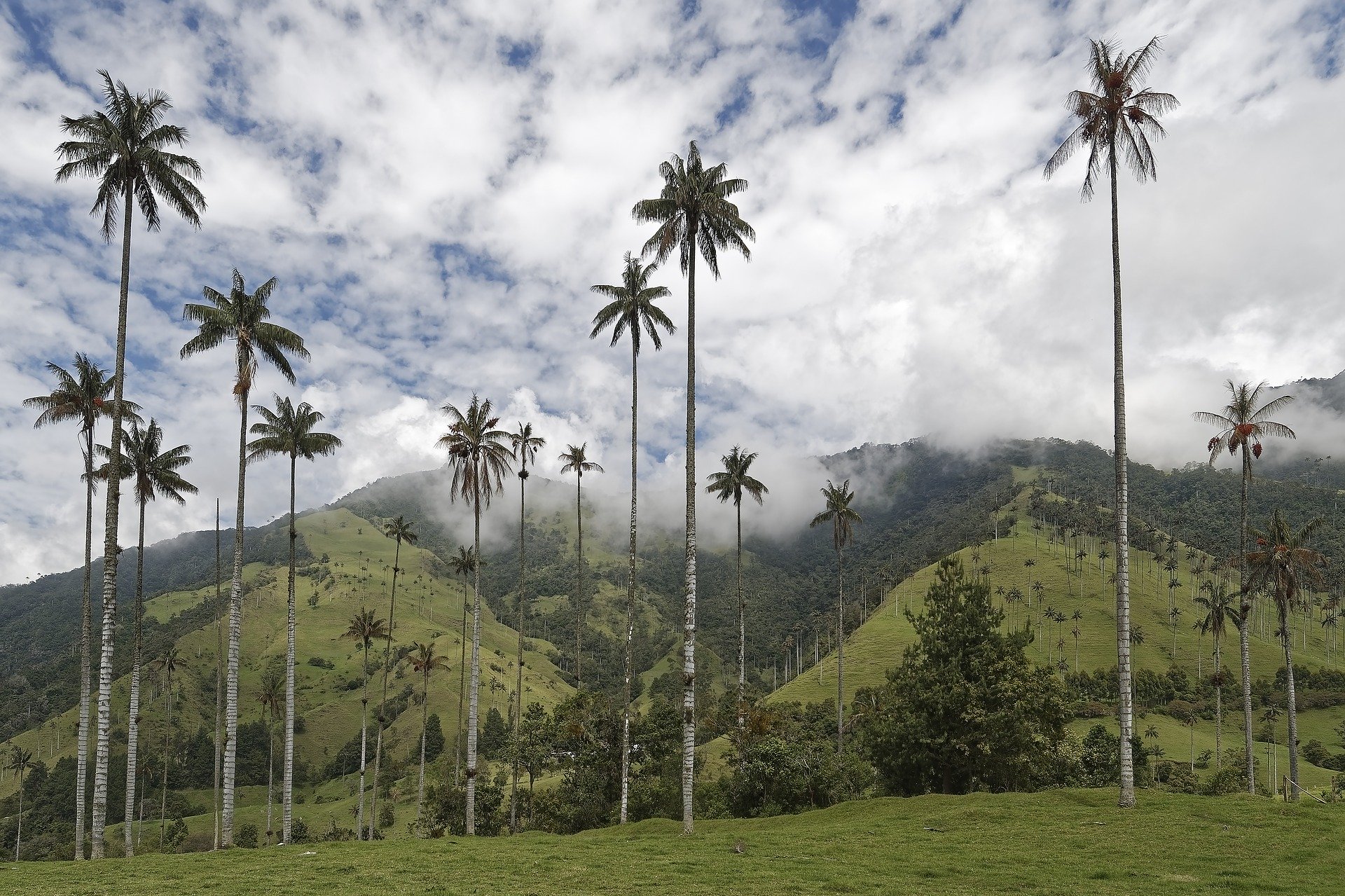
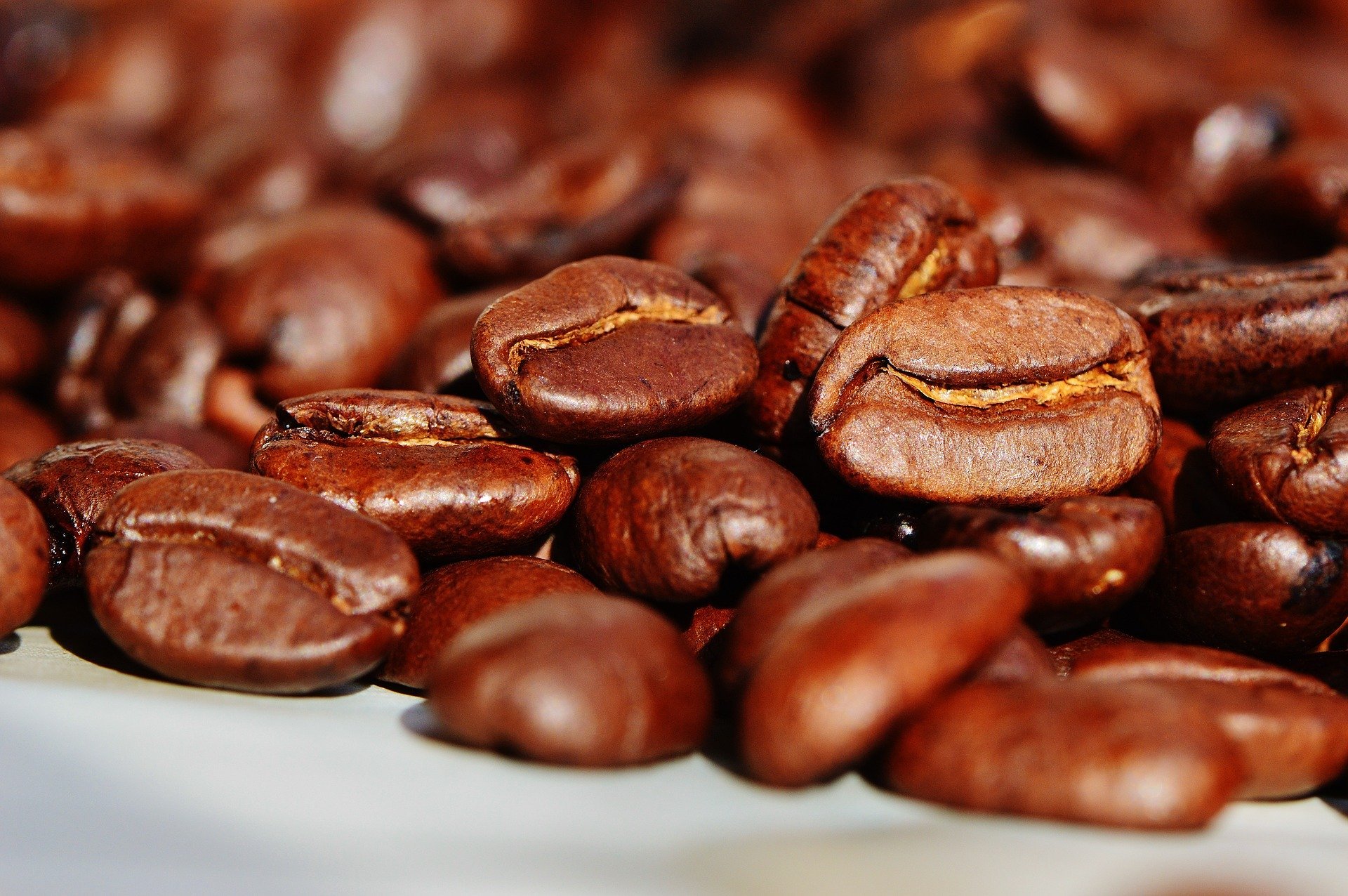
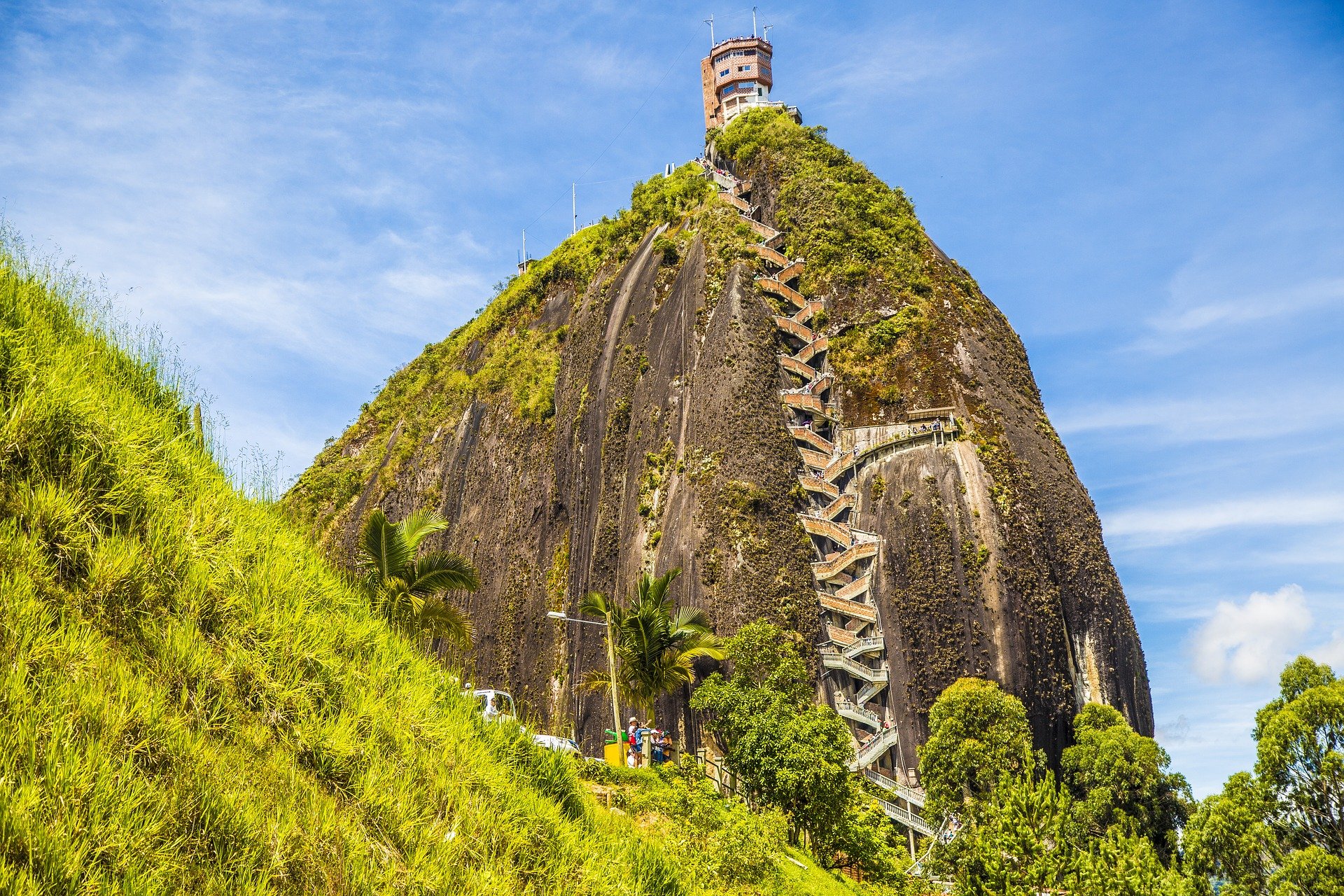
Nature
- Parque Nacional Natural Sierra de la Macarena: immerse yourself in the rough waters of the Caño Cristales, also called the River of five colors or Liquid Rainbow thanks to an alga that grows on the river bed between July and November.
- Amazonia: inside the forest visit the Isla de los Micos, Lake Tarapoto, Puerto Nariño, the Marasha Nature Reserve, the Calanoa Nature Reserve, the local tribes.
- Jungle on the Pacific coast: ends on long white-sand beaches, sunny, quiet and peaceful.
- The Riohacha area is still very wild and gives the opportunity to experience authentic nature
Food and Wine
What you could eat and drink in this country
Colombia has a culinary tradition that derives from a mix of indigenous and Spanish influences worked with Arab and African recipes, but with a strong and unmistakable common identity.
On the Colombian table we find everything: meat, fish, rice, fruit, …
Here are some of the typical Colombian dishes not to be missed during your trip:
- Rondon de San Andrés: typical of the Caribbean island of San Andrés, it is a dish based on pig’s tail with the addition of a fish fillet, sea snakes, the yuca and the ñame (two tubers similar to potatos) and boiled platano (a large green banana, which can only be eaten cooked). This mix is cooked and served in a broth made with coconut milk and abundant pepper, and is accompanied with domplines, tasty and light flour pancakes.
- Atollado del Valle: rice and meat, this dish is originally from the area of the city of Cali and there are countless variations of it. One of these includes minced or chopped pork in different cuts (sausages, sweet and spicy, ribs, pulp), chicken legs, rice, peas and hogao (a tomato and onion sauce). The spices are saffron, cumin and coriander. Obviously fried platano and sometimes boiled eggs.
- Ajiaco santafereño: chicken soup and at least three types of potatoes (white, red and criolla – a small, round yellow potato), with the addition of mazorca (a piece of boiled corn cob) and an herb called guasca. It is served in small terracotta casseroles and completed with a spoonful of cream and a handful of capers. It is often accompanied with avocado slices.
- Pepitoria Santandereana: it is rice, cooked in goat’s blood and in its entrails (liver, kidney, heart and tripe). All seasoned with garlic, onion and an egg yolk.
- Bandeja Paisa: it is the best known and most representative dish of Colombian cuisine. The name derives from the name of the dish in which it is served: the bandaja, a kind of low terrine, like a tray. It consists of red beans, rice, minced meat, pork, eggs, sausage, black pudding, avocado and arepa, on banana leaves. It is served with milk-based mazamorra (a cold wet corn soup) and a small dessert to choose from a pan of panela (South American whole sugar) or guayaba jam, with high energy power.
What to drink:
A part from coffee (tinto, campesino coffee), we recommend tasting canelazo, an alcoholic drink that should be drunk hot with aguardiente (someone prefers rum), cinnamon and sugar.
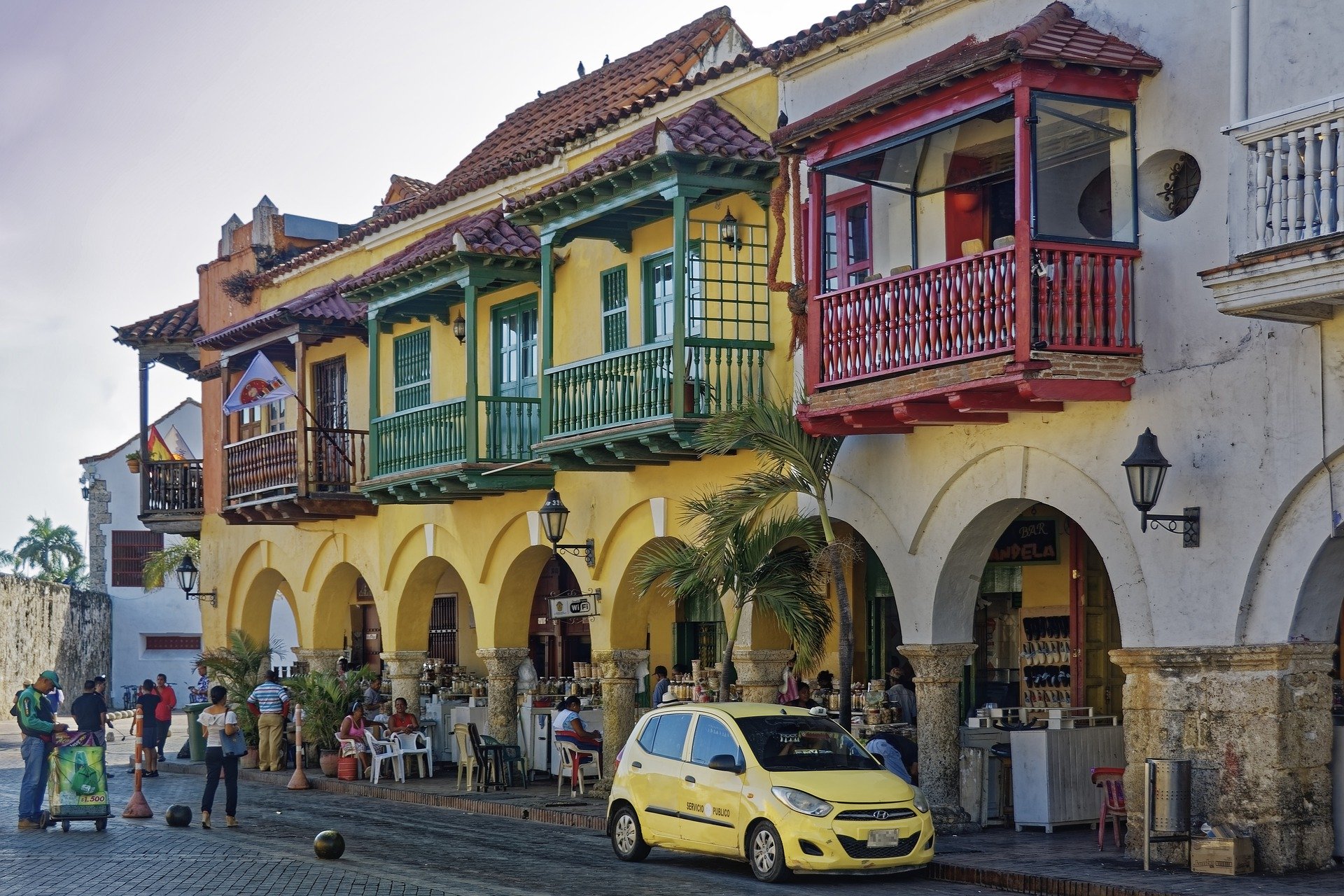
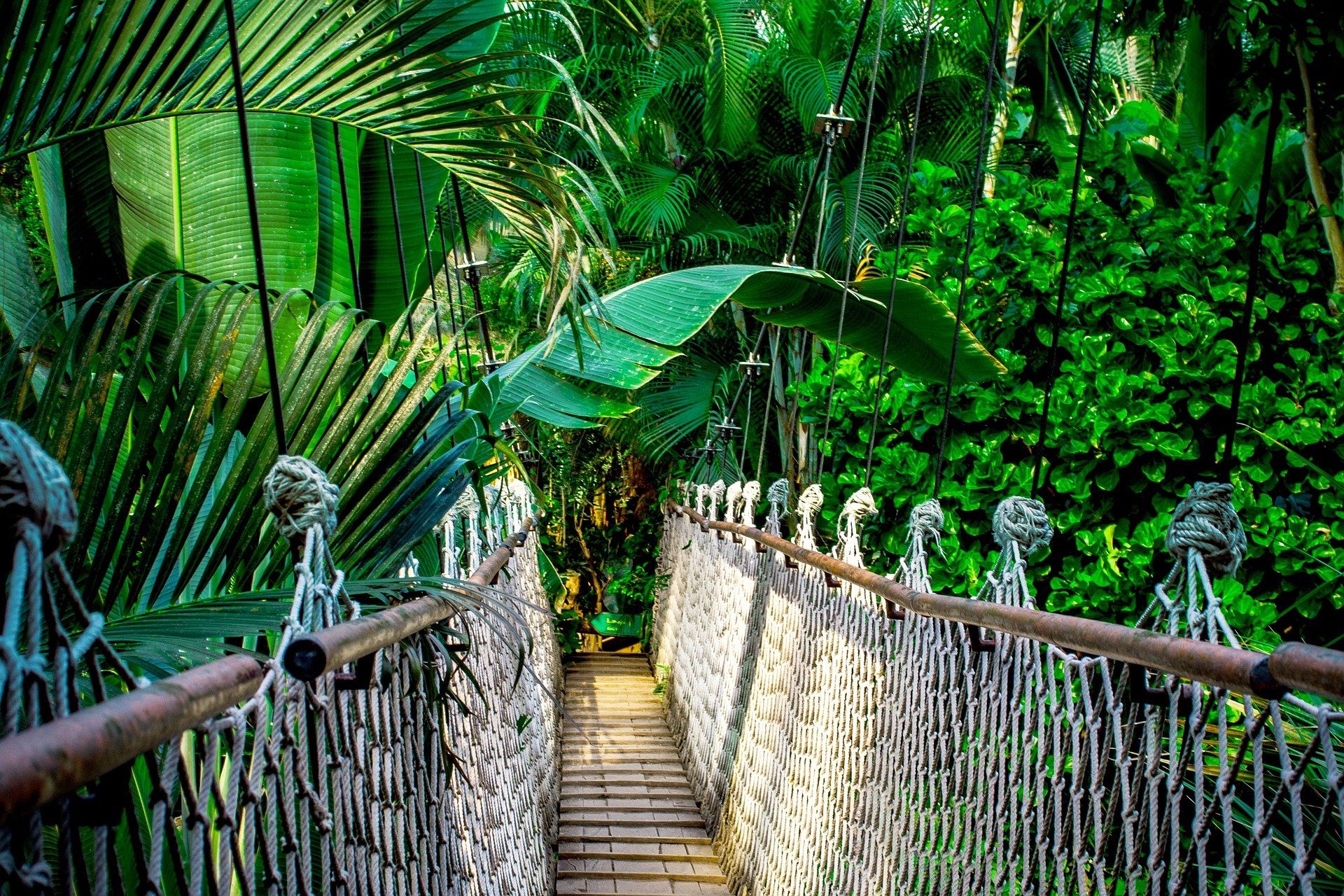
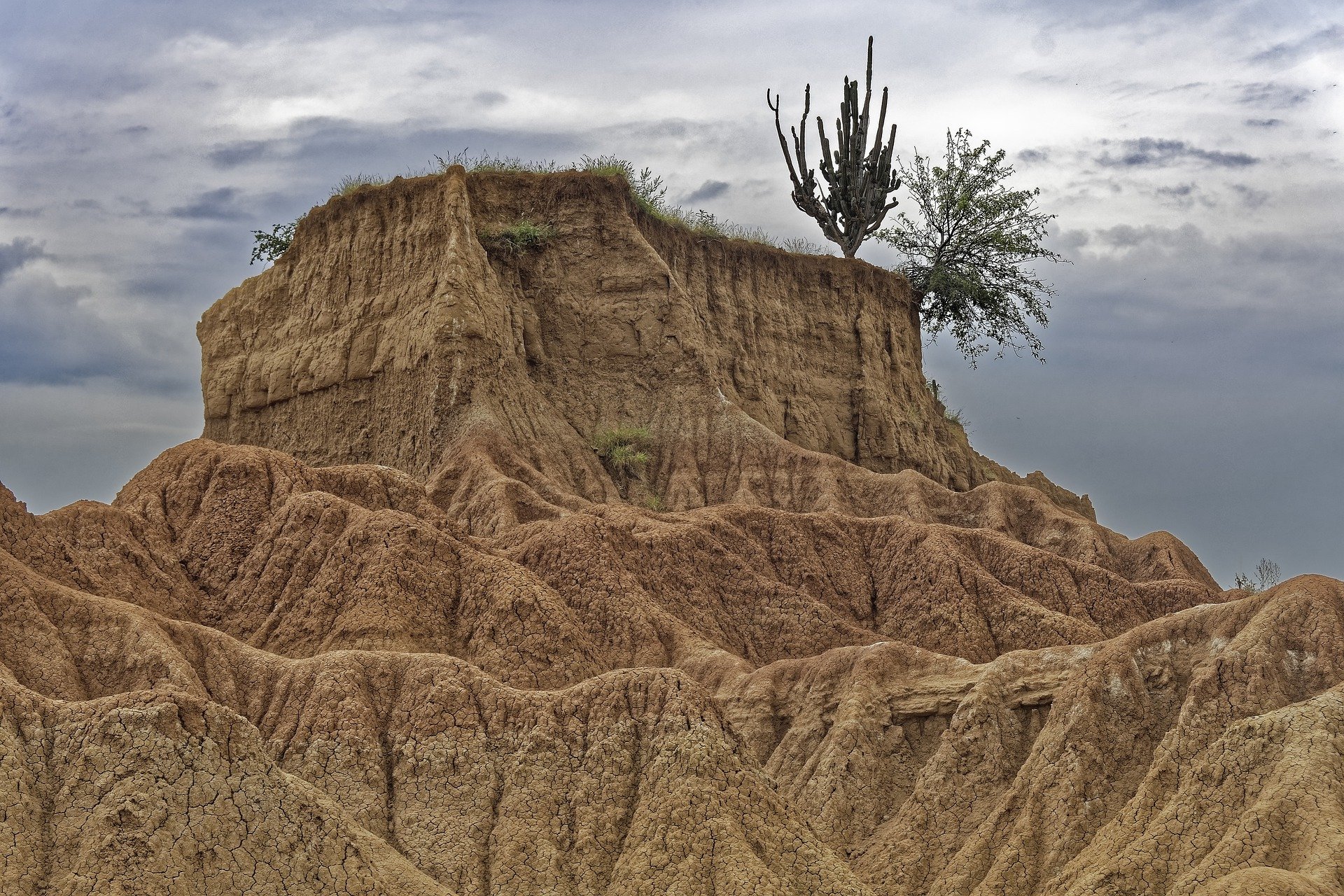
When to go
In Colombia it is necessary to talk about microclimates, given by the diversity of the environments.
In general, the climate in the country is hot, with average temperatures around 24 ° C all year round.
In the Pacific area, rainfall is abundant especially from April to October.
In the Caribbean area, however, it rains more intensely between September and October.
Over 1000 meters and up to 2000 meters, temperatures varies between 17 and 24 ° C and the climate becomes temperate. Over 2000 meters, mid-day temperatures hover around 6-15 ° C, down to below zero on the highest peaks.
In the Amazon rainforest area the climate is equatorial and humid, the rains are frequent all year round.
In the northernmost part of Colombia the climate is desert, characterized by scarce rains and a lot of drought especially between December and April. But rainfall increases in intensity especially between late August and November when Caribbean hurricanes can be unleashed.
The best time for a trip that affects the whole country is from December to February. You can also opt for the months of March, July and August enduring some thunderstorms.
Information
Language: Spanish
Currency: Columbian Peso – COL$ – COP
Capital: Bogotà
For up-to-date and detailed information visit www.viaggiaresicuri.it
Some tips
Pay attention to altitudes: for example, Bogota is located at 2,640 meters above sea level.
Colombia is still not for you if you are celiac or have other serious food allergies and intolerances because they are not yet fully equipped in this sense.
Do you like this destination?
Do you want to visit it with us on a discovery tour?

